Hello everyone,
This is a little test setup I made for the user inputs on the vape/electric screwdriver. The problem here is that everything needs to be powered off when not in use. When you press a button, the motor driver and the boost converter will be switched on then the motor turns in the desired direction.
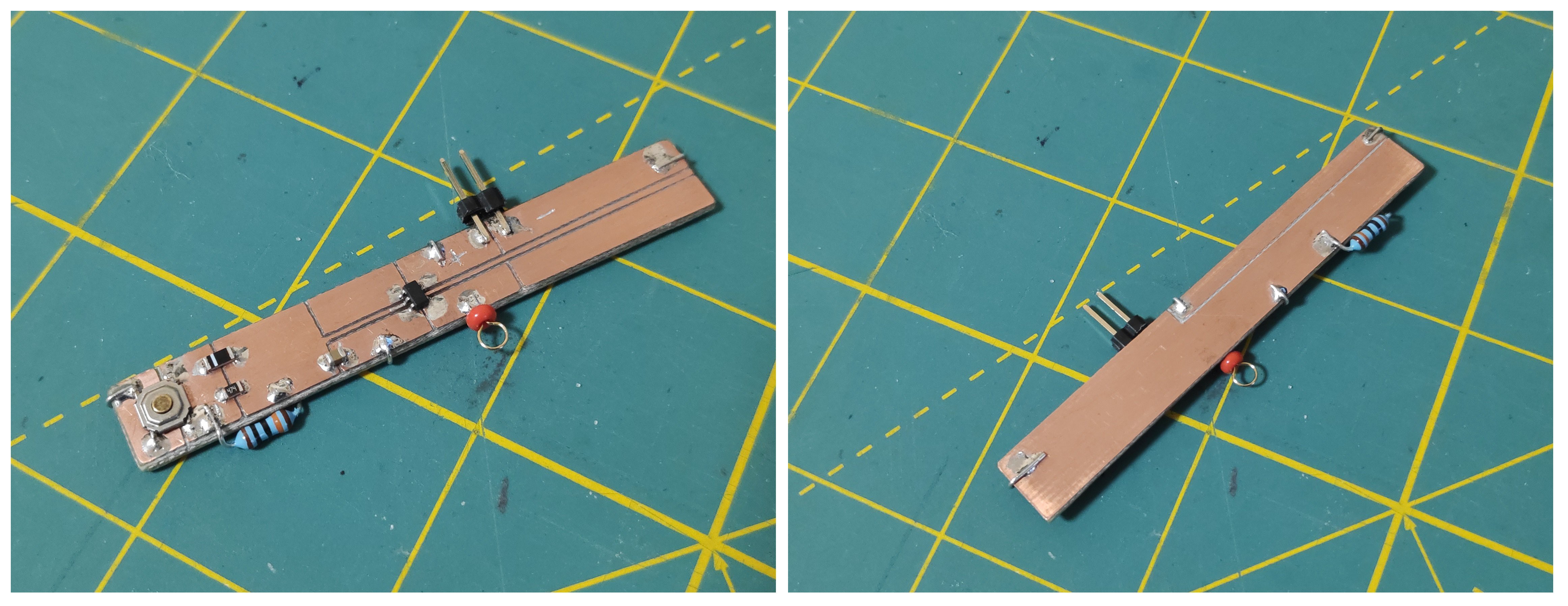
The problem is different components need to be switched sequentially. The 6V rail need some time to stabilize. To do so we are using the following circuit.
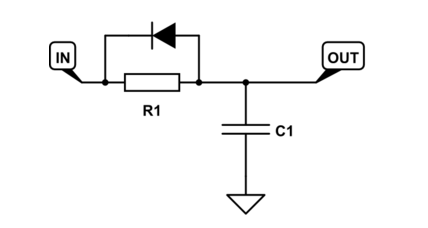
The only difference is that I have added also a SN74LVC1G17 non-inverting Schmitt trigger to the OUT node so we get a proper output.
As you can see it is quite a simple schema. There are a lots of examples of this on the internet, just search for "rc delay circuit user input". The main point of this post is not the circuit itself.
The main points is the technique used to make the test setup. The components I am using are SMD. So what I would usually do is take an adaptor board put the SN74LVC1G17 on it. Then as many of the caps, resistors etc. SMD component on the adaptor and put it on a breadboard. Hook up everything to power and to the scope and see what is what.
But I came across this you tube video:
Leo's Bag of Tricks is a great channel and if you are not a subscriber you should be :)
First Leo grinds a exacto knife to make the tool for the job. To save my self the troubles and also the risk of chips of metal entering my eye I decided to just to get one of these.
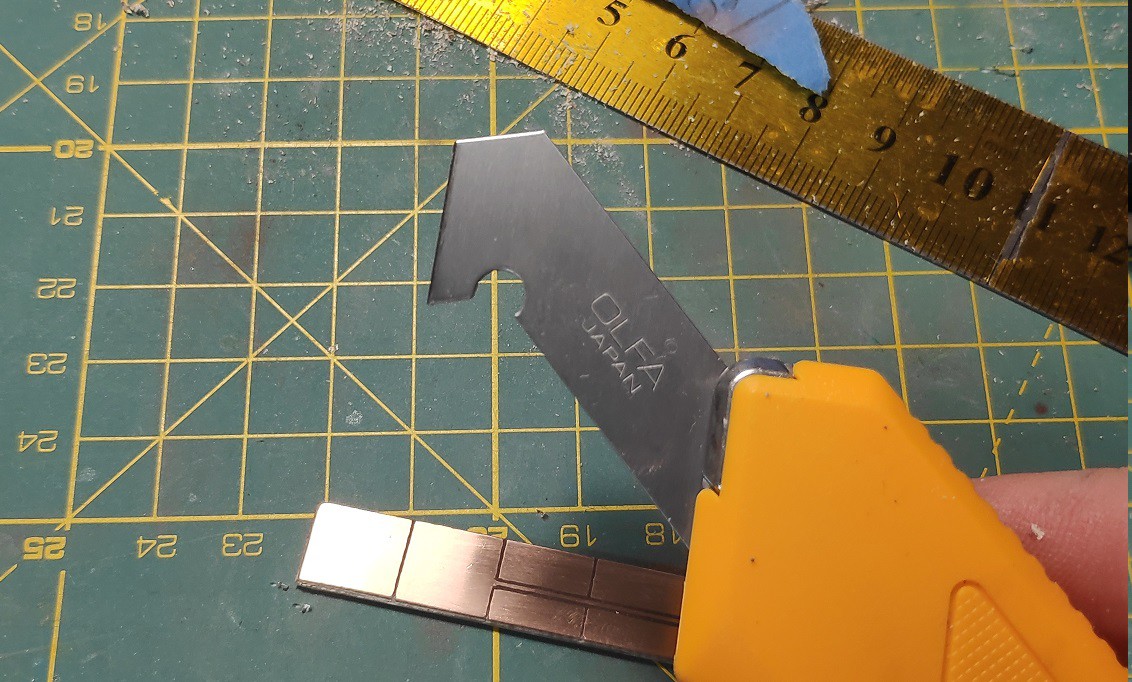
It is a tool for cutting plexiglass which does amazing job of cutting copper of a PCBs. I could easily make 1 mm thick trace.
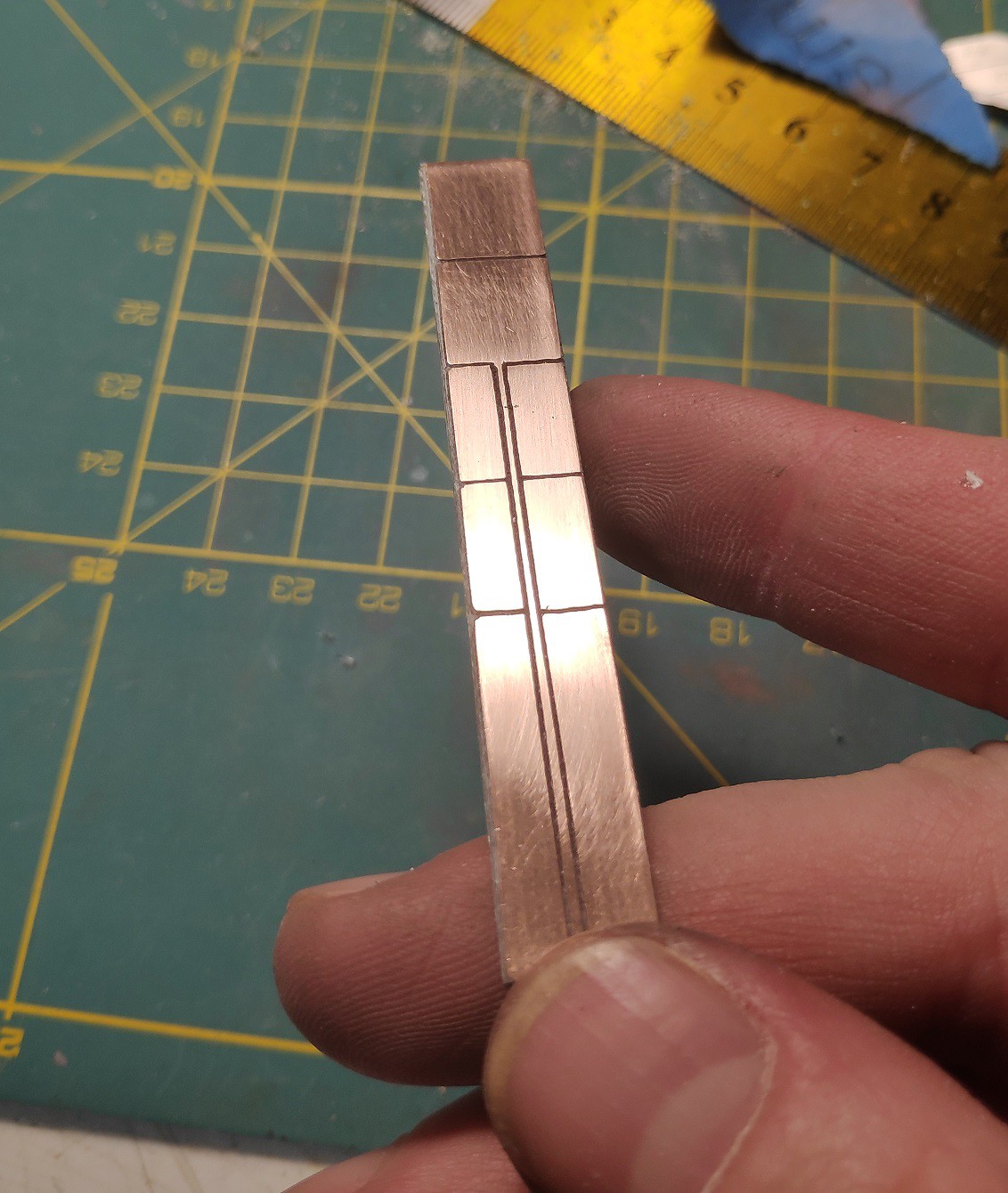
After I make my traces go through the board with sand paper to make everything shiny and nice! Then it is solder time.
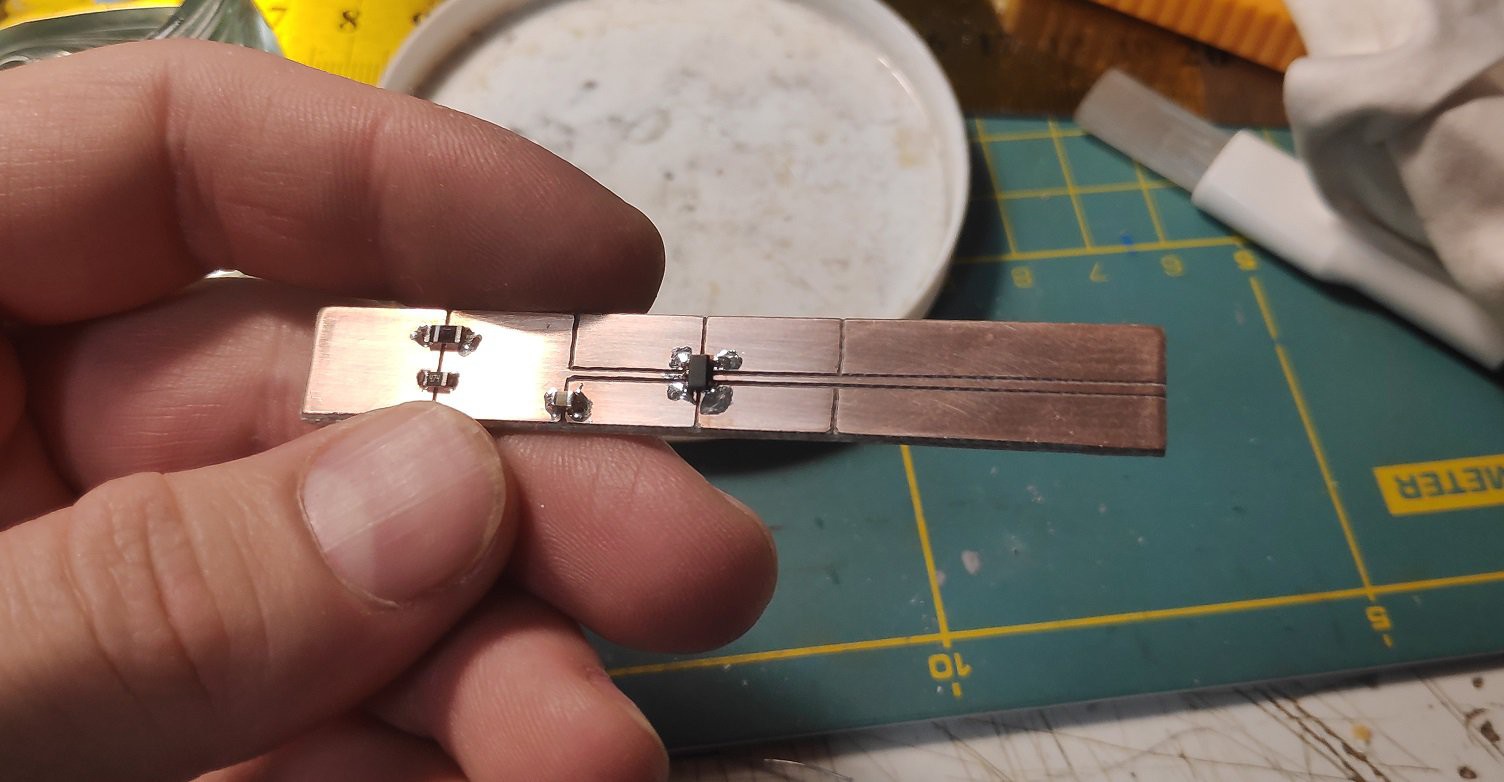
One thing I do differently then Leo is that I make traces on the back of the board as well. To make a ground plane or to run another signal.
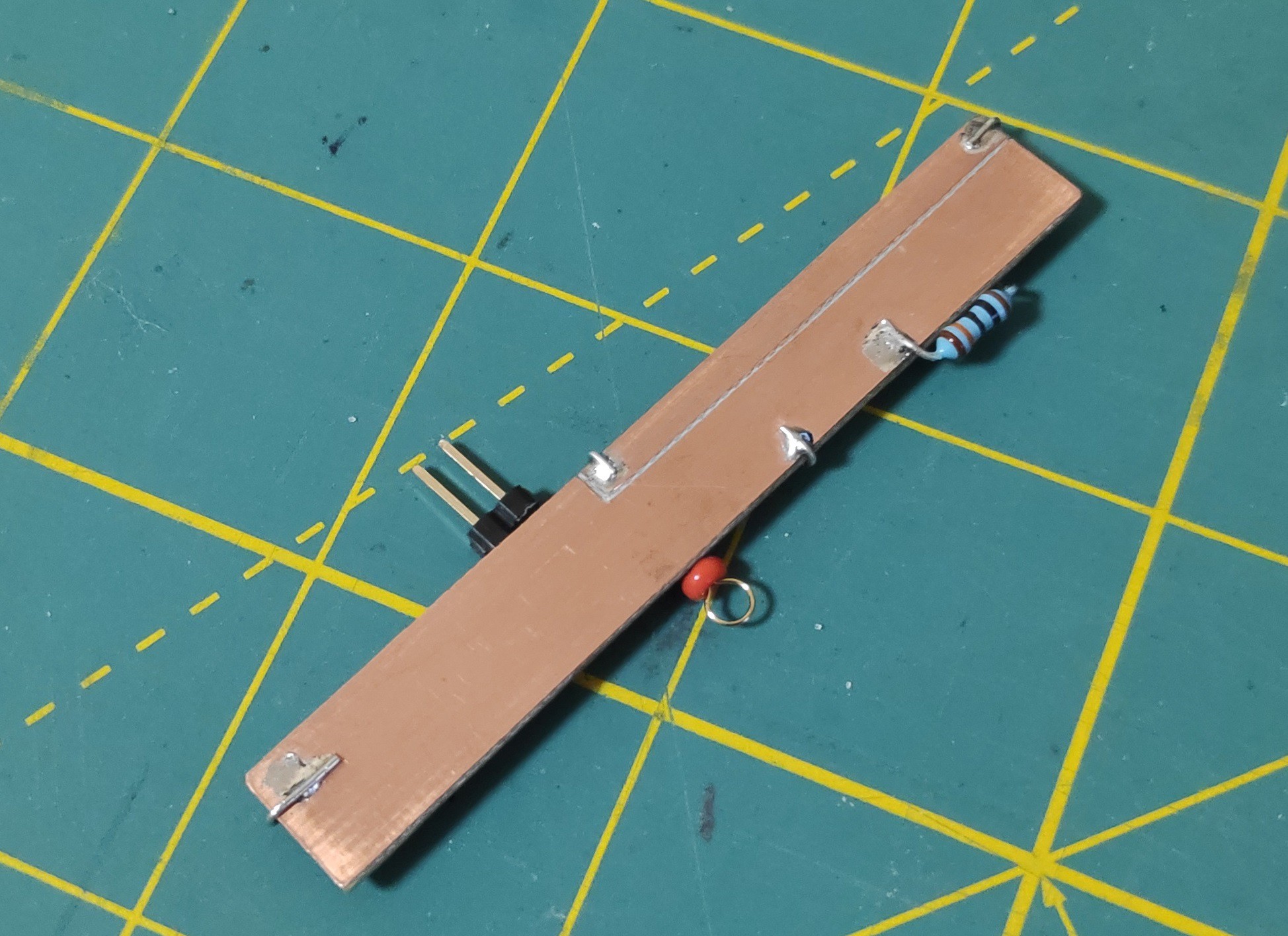
Over all great approach to prototyping. I like it a lot and I will be using it in the future. This is the middle ground between setting up adaptor board and breadboards and making a messy home edged PCBs.
Hope you liked the post!
Cheers,
Dimitar
 Dimitar
Dimitar
Discussions
Become a Hackaday.io Member
Create an account to leave a comment. Already have an account? Log In.